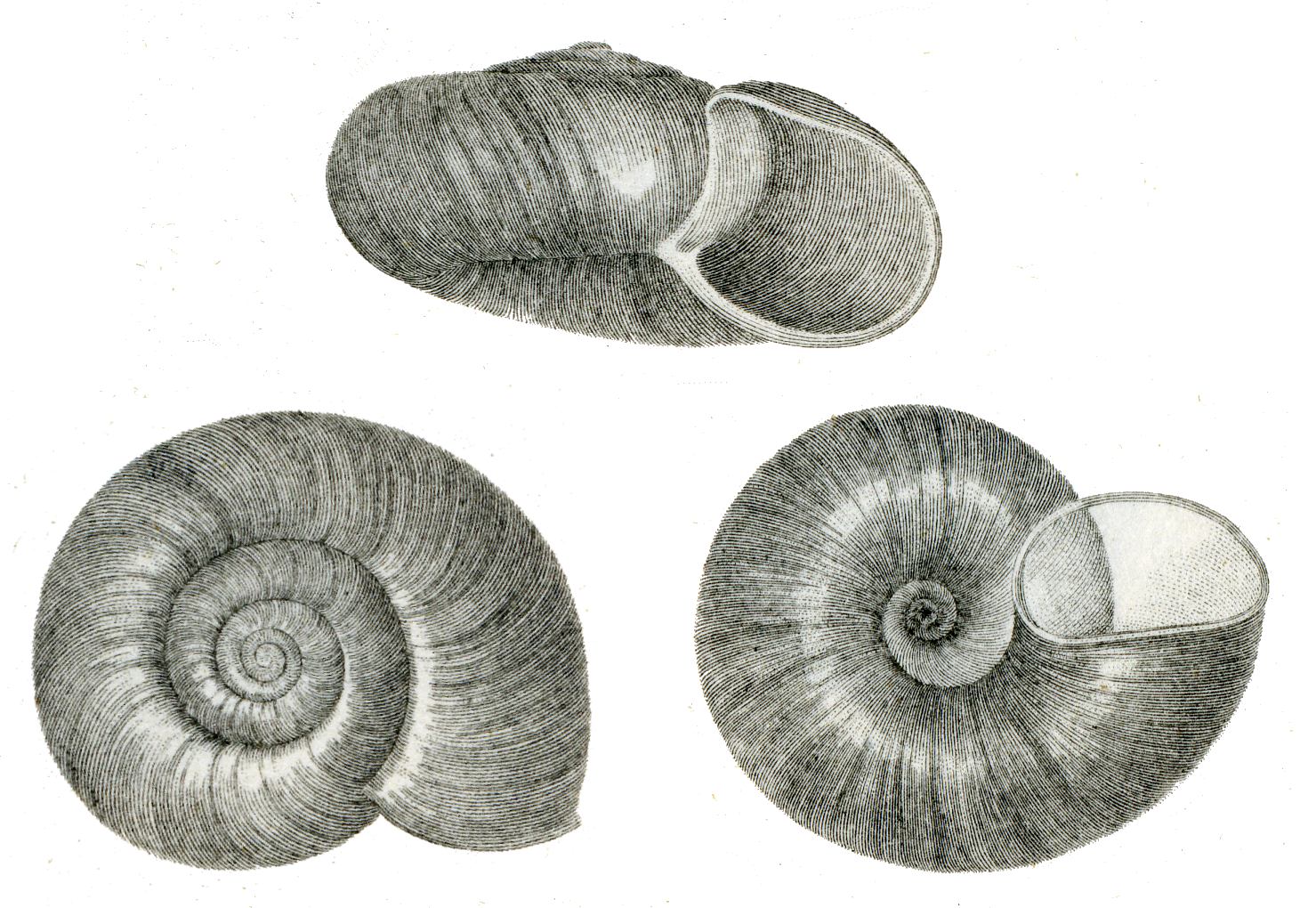- Haplotrematidae
Taxobox
name = Haplotrematidae

image_width = 200px
image_caption = "Haplotrema vancouverense" from W. G. Binney, 1878 [Binney, William G. 1878. The Terrestrial Air-Breathing Mollusks of the United States and Adjacent Territories of North America. Vol. 5 (plates). Bull. Mus. Comparative Zool., Harvard. Plate 20.]
regnum =Animalia
phylum =Mollusca
classis =Gastropoda
ordo =Pulmonata
subordo =Eupulmonata
infraordo =Stylommatophora
parvordo =Sigmurethra
superfamilia =Rhytidoidea
familia = Haplotrematidae
familia_authority = H. B. Baker, 1931 [Baker, Horace B. 1931. Proc. Acad. Nat. Sci. Philadelphia 82: 405.]
subdivision_ranks = Genera
subdivision =
"see text"Haplotrematidae is a family of carnivorous
gastropod s. These are North American land snails. They are distributed fromAlaska , through coastalCanada , and as far south as northernMexico , but are predominately snails of the eastern and westernUnited States . Pilsbry, Henry A. 1946. Land Mollusca of North America (North of Mexico). Acad. Nat. Sci. Philadelphia, Monograph 3, vol. 2(1): 201-230.] Their shells vary in size from small (7 mm in diameter, or about 0.3 inches) to medium (32 mm, about 1.3 inches), usually with a low, flattened spire, a very wide umbilicus, and usually with the upper lip margin (at the aperture) curving downwards or straightened. They have a number of anatomical peculiarities, and the structure of theradula of these snails (their "teeth") is unusual. Essentially, haplotrematids have fewer cusps than most snails, but they are considerably elogated, suitable for the predatory life they follow. Members of this family have been given the common name "lancetooth" snails, presumably based on this last anatomical characteristic. Their sole food source consists, as far as is known, of other terrestrial mollusks. [http://www.xerces.org/Wings/spring2003.htm Atkinson, Jim. Wings: Spring 2003. Living in a World of Tastes and Smells.]Genera
* "
Ancotrema "
* "Haplotrema "References
Wikimedia Foundation. 2010.
